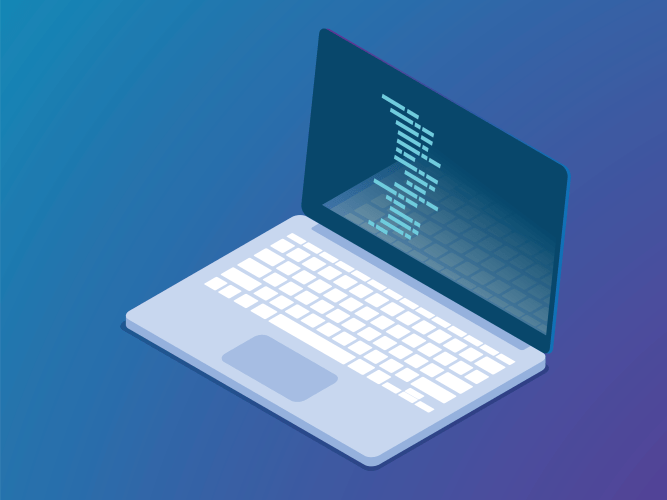5G Is Here – Rethink Your Business Support Systems to Keep Up



Here’s how carriers can adapt decades-old systems to new capabilities with configurable cloud solutions.

Oisin O'Connor
Carriers have been rolling out 5G for some time. But a number of providers are wrestling with how to replace decades-old business support systems (BSS) that weren’t built to handle all that 5G can do.
It can be daunting to think about upgrading your BSS. But it doesn’t have to mean a multi-year program that paralyzes the business. You can – and should – make changes quickly and efficiently. As you review and upgrade your legacy business support systems, you need to ‘think different,’ as the old Apple slogan suggests.
Forward-thinking carriers are jump-starting digital transformation without wreaking havoc on their organizations. Their secret? A fresh take in four key areas:
- Vendor selection and management
- Coding philosophy
- IT architecture
- Agile delivery approach
Select a vendor ‘dream team’ for your business support systems
When building new technology, carriers have traditionally worked with one key vendor. But that could take years to complete the job. By that time, the industry and technology had often moved in new directions.
That’s why innovative carriers are opting to build a dream team – the best of the best in specific areas, such as the customer relationship management system, billing, and charging. Each vendor has the most expertise in its area, so collaborating with other top vendors and their products results in best-in-class business support systems.
This multi-vendor approach requires a cultural shift for carriers who need to understand and embrace new ways of working internally and with partners. Vendors must adapt as well as they morph into co-creators and collaborators. Co-creation has many advantages, including giving you access to pools of knowledge from the top experts in their specialties and giving vendors insights into your business vision.
Partner portals and open APIs connect the separate offerings among vendors. This allows vendors to bring their best technology forward and to keep evolving it to meet new needs.
Discover how Telefonica implemented next-generation BSS
The giant communications service provider is orchestrating change with an agile approach, collaboration, and cloud architecture.



Move away from customization
Customization is expensive and hinders business agility. It makes upgrades risky, because recreating years of customization on upgraded software is not easy and sometimes impossible. Plus, custom code locks you in to the vendor that created it.
Innovative carriers are using configurable systems, which enable them to make changes quickly using clicks, not code, so it doesn’t overwhelm the IT department. It’s not quite as simple as snapping together Lego blocks, but it’s far simpler than customization. By leveraging TM Forum open API standards and other best practices, you can add vendors with more confidence in how their products will work with others.
Leverage the cloud to prepare for the future
A cloud-native architecture brings your next-gen BSS strategy together and provides the foundation for the complex world of 5G. Cloud-native applications are easier to plug into new and existing technology. Operators can launch, tweak, and retire services with greater agility. These systems are also simpler for operators to use and require less support from IT teams.
You won’t miss a beat as 5G capabilities expand, as 5G networks and IT layers are both based on cloud-native components. Together they give you three key strengths:
- Differentiated connectivity through network slicing and edge computing. Network slicing helps you create private networks for specialized uses, such as police departments who need access to secure high bandwidth connectivity for uploading body cam video. Mobile edge computing – combining low-latency 5G with local compute resources – allows sports fans to enjoy immersive AR experiences in stadiums on their 5G phones.
- Bundled new services. Deliver new services from operators or solution partners with core connectivity products. For example, resellers using Software-Defined Networking and 5G could offer a new set of subscription services that are finely tuned for industry-specific cases. Enterprises and utilities can create new apps, which monitor networked devices and grids down to the millisecond. Healthcare organizations can dramatically improve patient monitoring of indicators like blood sugar levels or blood pressure.
- Real-time, digital experiences. Offer self-service options and increased automation. This streamlines the commercial and provisioning processes and makes it easy for customers and partners to configure, price, and quote (CPQ) services.
Tackle one piece at a time, then iterate
Carriers who are upgrading their business support systems by making incremental changes are able to launch updates faster.
This requires an agile delivery approach. Find internal partners who are aligned with your vision. Work in short sprints on smaller projects toward a minimum viable product (MVP). Within a matter of months, you’ll be able to test, learn, and iterate. When you feel confident about the new product or application, test it first with friendly users before a commercial launch.
The agile approach builds confidence in an organization hungry for digital transformation. You’ll succeed on a grand scale by learning from small-scale wins and losses. Equally important, you won’t work for years on a single upgrade only to discover that you have missed the mark on what your subscribers crave. Your subscribers will always be at the center of all you do. And you’ll be able to quickly respond to their changing needs.
Learn how Telefonica is pioneering next gen BSS transformation at scale
The communications service provider collaborated with a global dream team of vendors to adapt to 5G. See how they overhauled 20-year-old systems with an agile approach to change.n


























